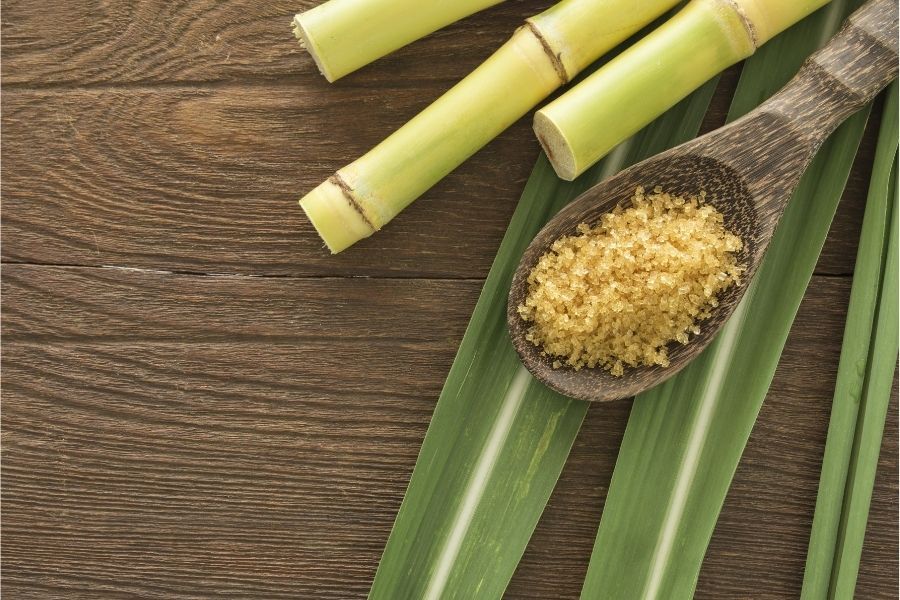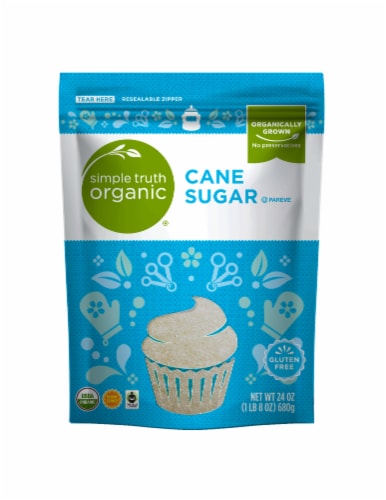Cane Sugar Processing: Typical Techniques and Modern Innovations
Cane Sugar Processing: Typical Techniques and Modern Innovations
Blog Article
Discovering the Comprehensive Tips Included in Walking Stick Sugar Processing From Collecting to Improvement
The procedure of walking cane sugar manufacturing includes a series of elaborate actions, beginning with the cautious harvesting of sugarcane and culminating in the refinement stages that make sure the end product fulfills sector criteria. Each stage, from the extraction of juice to the purification and condensation procedures, plays a vital duty in establishing the quality and personality of the sugar. Recognizing these phases not only highlights the intricacy of sugar manufacturing however also increases important concerns regarding performance, sustainability, and development in the sector. What effects do these elements have for future practices?
Collecting Sugarcane
Collecting sugarcane is a crucial action in the walking cane sugar processing chain, as it directly influences the top quality and return of the final product. Proper timing and techniques are vital throughout this phase to ensure optimum sugar material and minimize losses. Normally, sugarcane is harvested when it reaches maturation, usually 12 to 18 months after planting, characterized by a high sucrose concentration.

Post-harvest, the sugarcane has to be refined quickly to avoid sucrose deterioration. Preferably, harvested walking cane needs to be carried to refining facilities within 1 day to protect sugar quality. Therefore, effective logistical planning is critical to maintain the stability of the gathered crop throughout the supply chain.
Removal Process

The smashed walking stick undergoes a collection of pushing procedures to make the most of juice recuperation. Commonly, warm water is sprayed onto the crushed cane, producing a countercurrent circulation that helps liquify the sugar while likewise assisting in the removal process. The juice accumulated from this operation includes not just sugar but also various natural substances and impurities.

To enhance extraction effectiveness, some centers may use diffusion methods, where the sugarcane is saturated in warm water, permitting the soluble sugars to diffuse right into the liquid. The resulting juice, abundant in sucrose, is after that directed to subsequent processing stages, laying the structure for filtration and refinement. The removal procedure is hence critical in establishing the high quality and return of the last sugar item.
Filtration Strategies
The purification methods utilized in walking stick sugar processing are vital for transforming the raw juice into a high-grade sugar item. These methods primarily aim to eliminate pollutants, such as soil, plant products, and inorganic compounds, which can negatively affect the final product's taste and shade.
One of one of the most usual filtration techniques is clarification. This process entails including lime and warmth to the raw juice, which facilitates the coagulation of impurities. The resulting precipitate is then removed through sedimentation or purification, yielding a clearer juice. Furthermore, the usage of phosphoric acid can improve the explanation procedure by additional binding impurities.
One more significant method is carbonatation, where carbon dioxide is presented to the made clear juice. This response creates calcium carbonate, which records remaining pollutants and promotes their removal.
In addition, triggered carbon therapy might be put on adsorb any type of staying colorants and organic contaminations, making sure a much click for more more refined product. The mix of these methods properly prepares the sugar juice for succeeding action in the refining procedure, setting the phase for the production of premium cane sugar.
Condensation Methods
After the filtration stage, the next important action in walking cane sugar processing includes formation methods, which play a crucial duty in changing the cleared up juice right into solid sugar. This process usually employs 2 main techniques: spontaneous crystallization and regulated condensation.
In spontaneous condensation, supersaturated sugar solutions are enabled to cool normally, leading to the development of sugar crystals over time. This approach enables for the uniform growth of sugar crystals and greater pureness.
Throughout crystallization, the made clear juice is concentrated via evaporation, enhancing its sugar material until it reaches supersaturation. When this point is attained, either method can help with the crystallization procedure. Cane Sugar Processing. The resultant sugar crystals are after that separated from the remaining syrup through centrifugation
Inevitably, the selection of condensation technique impacts the quality, dimension, and pureness of the last sugar item, making this action important in the general walking stick sugar handling treatment.
Refinement and Packaging
How can the pureness and high quality of walking cane sugar be better enhanced after condensation? The refinement procedure plays a crucial role in achieving high-quality cane sugar.
Following, the sugar undergoes a procedure called centrifugation, where it is spun at broadband to separate the detoxified sugar crystals from the continuing to be liquid. After centrifugation, the sugar is commonly more improved via a method called carbonization or phosphatation, which makes use of turned on carbon or phosphoric acid to eliminate shade and off-flavors.
When refined, the sugar is dried to accomplish the desired moisture material, making sure that it continues to be stable during storage and transport. The final step involves packaging the refined sugar in moisture-proof and airtight containers to preserve its quality and avoid contamination. Cane Sugar Processing. Appropriate packaging not just extends service life but also facilitates simple handling and distribution, guaranteeing that customers obtain sugar that satisfies the highest standards of purity and high quality
Verdict
The thorough steps associated with cane sugar processing, from the careful harvesting of sugarcane to the detailed refinement and product packaging phases, underscore the significance of each phase in ensuring premium sugar production. Optimum harvesting methods, reliable extraction methods, and strenuous filtration procedures collectively contribute to the end product's pureness and stability. The crystallization and succeeding product packaging practices additionally boost weblink the stability and life span of the sugar, highlighting the intricacy and accuracy inherent in this important farming industry.
The process of walking stick sugar production encompasses a series of intricate steps, beginning with the careful harvesting of sugarcane and culminating in the improvement stages that make sure the try these out last item meets sector requirements. Ideally, collected cane needs to be delivered to processing centers within 24 hours to maintain sugar high quality.In spontaneous formation, supersaturated sugar services are allowed to cool normally, leading to the formation of sugar crystals over time - Cane Sugar Processing. The refinement procedure plays an essential role in attaining premium walking stick sugar.The extensive actions included in walking stick sugar processing, from the thorough harvesting of sugarcane to the complex improvement and packaging phases, underscore the value of each stage in ensuring high-grade sugar manufacturing
Report this page